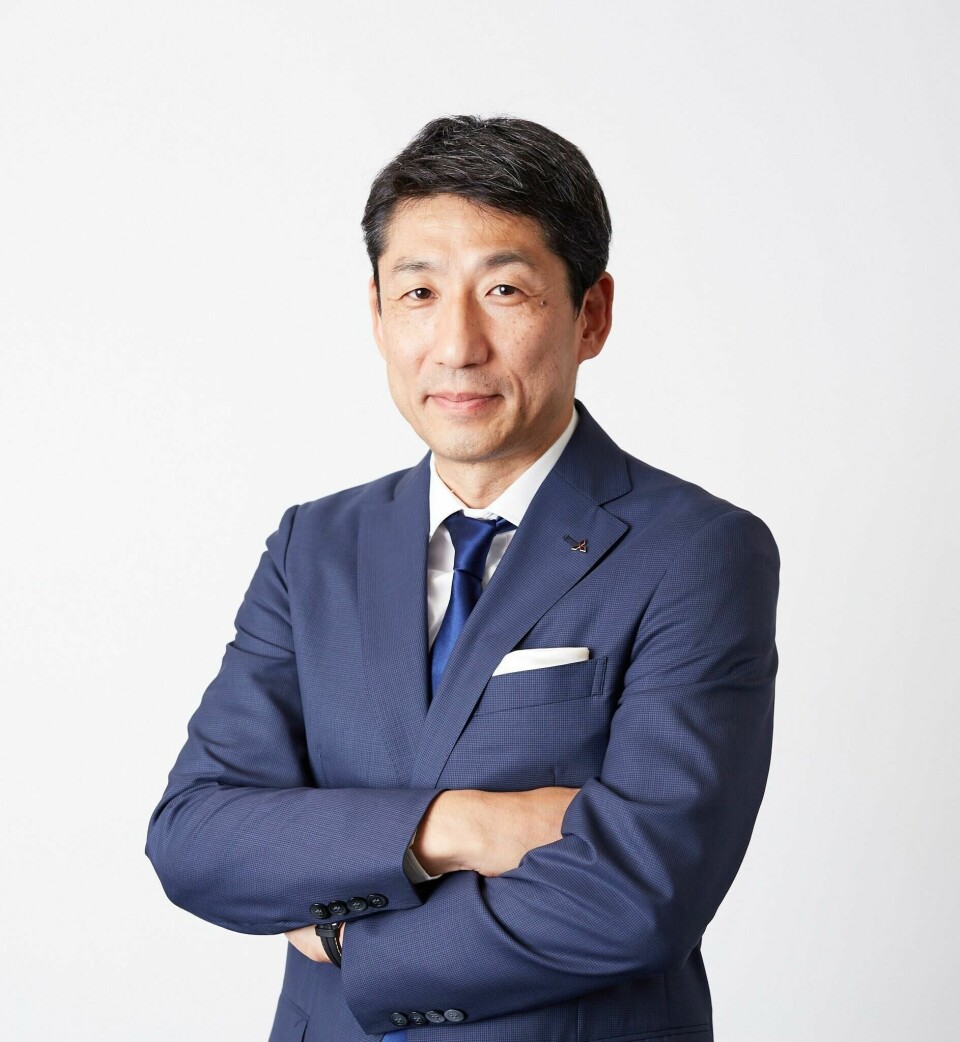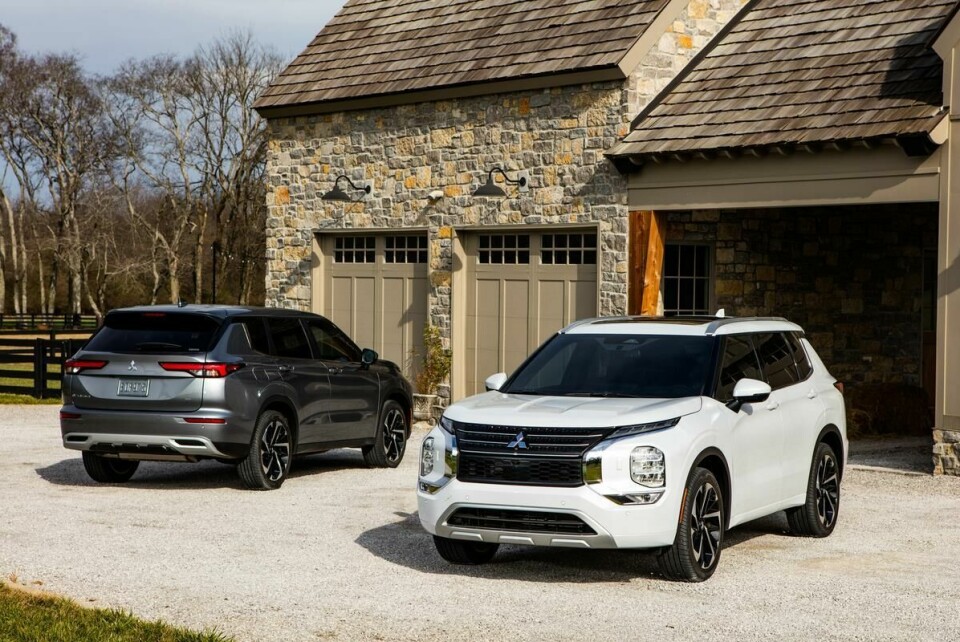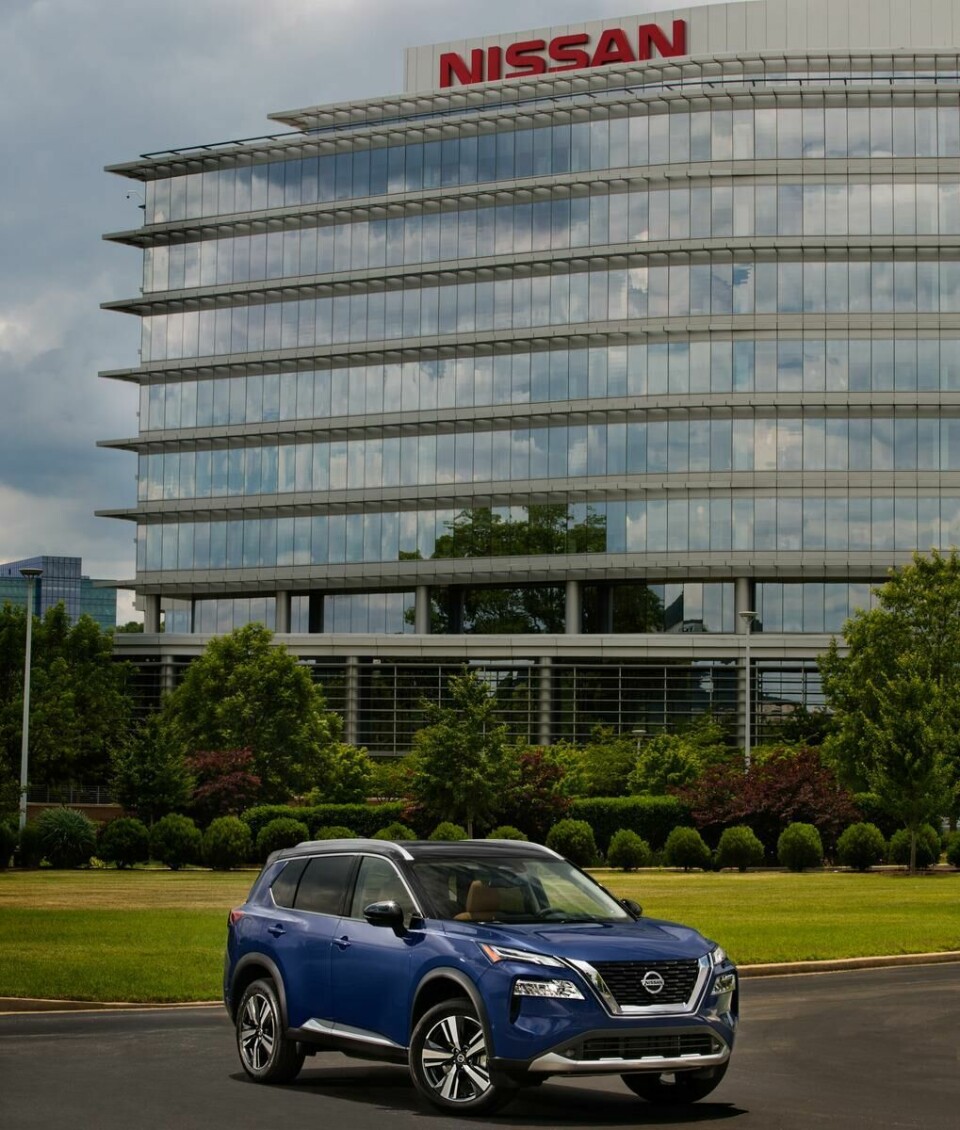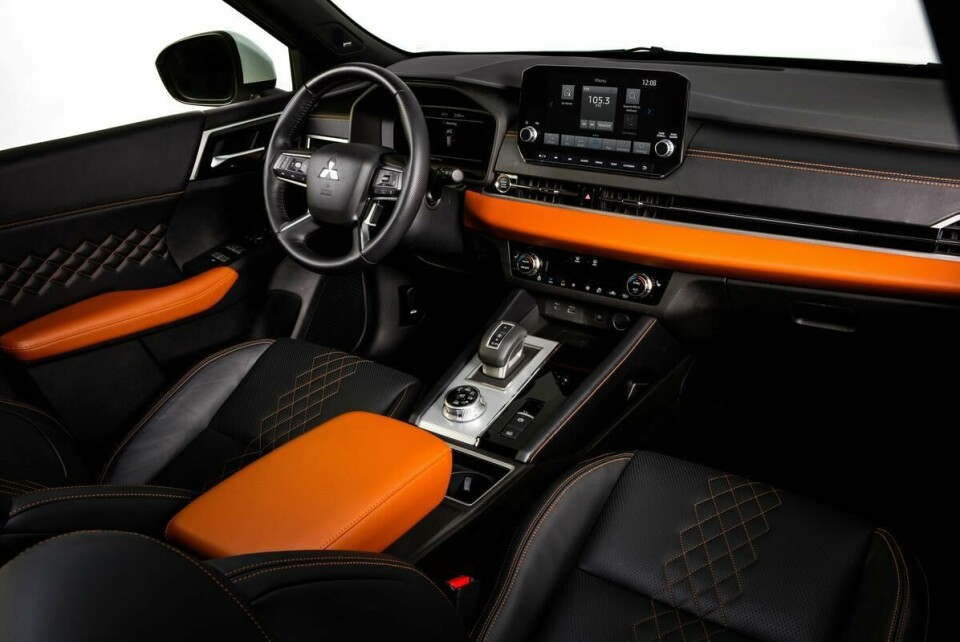
Interview: Mitsubishi’s design chief Seiji Watanabe
Former Nissan and Infiniti designer Seiji Watanabe talks cross-brand collaboration and the new Outlander flagship
Mitsubishi head of design Seiji Watanabe feels good about the future of his small brand. Its flagship SUV, the 2022 Outlander has just been redesigned and the smaller Eclipse Cross recently got a significant refresh. Once a purveyor of multiple sedans and sports cars, Mitsubishi is of late betting on a small but significant lineup, which in the U.S. includes the budget-friendly Mirage subcompact four-door and hatchback.
“The Mitsubishi products are growing up, and at the same time, the technology is super good,” Watanabe-san told us in an exclusive interview on the heels of the 2022 Mitsubishi Outlander debut. “And also, it’s a compact company, which is a very strong point.”

About 200 people comprise the design team across three main studios: The headquarters in Aichi Prefecture about 40 km southeast of Nagoya, a satellite studio in Tokyo, and its European design centre near Frankfurt. For a time, Mitsubishi tried its hand with a studio in California, but pulled the plug in 2009 after nine years of attempting to design cars specifically for the U.S. market.
Part of the alliance that includes Nissan and Renault, Mitsubishi benefits, among other things, from shared platforms and certain hardware. And despite the group’s past conflicts – including the scandal involving former Nissan boss Carlos Ghosn – and uncertainty about the future, it is, for now, a place of communication and collaboration between design teams.
“I am in contact with Alfonso [Albaisa] at Nissan and the Renault team, and we are talking about how to keep the brands [separate] and in a really good relationship in the alliance now,” Watanabe says. “We developed an understanding that each brand does what they do and then we decide the ratio of commonality. We don’t share each intention of what we do next – the design and also philosophy of engineering may be different – but we consider the alliance effect, synergy, how to share or what area we can share, and then we always discuss how much we can keep of a carry –over /carry-across ratio. This depends on the product and the concept. By doing so we are reducing development costs, and then we can show our own unique brand image.”

The 2022 Outlander shares its architecture with the Nissan Rogue, but all the engineering, tuning, and design were done in-house by Mitsubishi. “At the end of the day we are now very different products, even though they’re sharing small parts. Outlander is our flagship; we needed to keep our very strong, very confident, very adventurous, and very generous attitude,” Watanabe says. “The new Rogue is aimed to be a sleeker SUV, but with the new Outlander we wanted to keep horizontality and a very roomy cabin, as well as having a powerful stance and a muscular surface.” Watanabe says bumping up the wheels size to 20 inches was also important to keep with the Outlander’s image of strength. “But on the other hand, the invisible portions like the system in the middle with center display and HVAC controller are shared,” he explains.
That’s where many of the similarities end. The Outlander features hexagonal shapes in the interior that mimic the front grille and exterior lighting, a locked-in look which is designed to make occupants feel safe and secure. In the highest-level trim, a two-tone interior says more European luxury than Mitsubishi. How controls are presented and organised are also important to Watanabe and his team, embodied in the principle he calls Mitsubishi Touch. “Always we are thinking about human touch and human scale,” Watanabe says. “So, Mitsubishi Touch considers all of the field of operation and the nicety and accuracy of the operation, and also we are now control the level of operation, to bring an adventurous experience every time, and to provide drivers with confidence.”

Not only is the new Outlander design much more rugged, assured, and premium than its predecessor, but its new 2.5-litre, four-cylinder petrol engine, paired with an improved continuously variable transmission, proved capable enough for city traffic and even a bit of time on a gravel road during a test drive in Southern California. While the ICE Outlander is first to go on sale in the U.S., Mitsubishi promises a PHEV version soon.
Watanabe believes having a small and agile team is an advantage and underscores that this human element is as important to the brand’s success as the efficiency gained by shared resources – something that ultimately reflects in their vehicles’ designs. “I feel very good because the people have a very passionate heart, very pure,” he says. “The output of the products in the future you’ll be able to see, this is a new way for Mitsubishi.”



